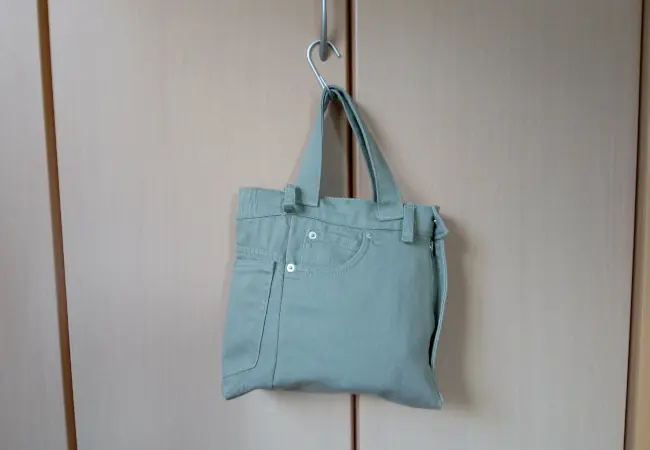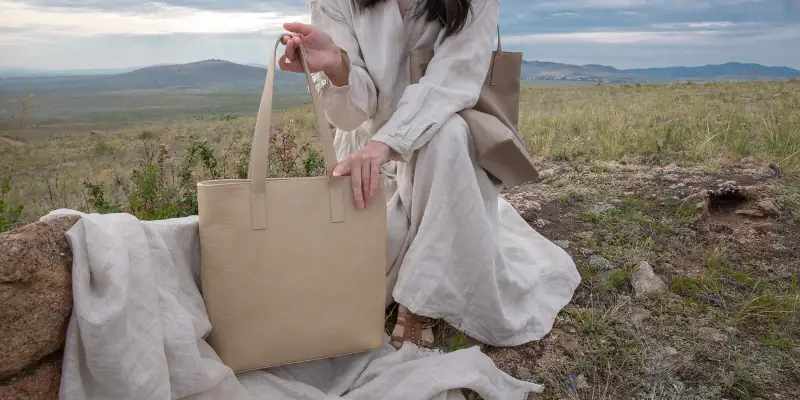I have recently enjoyed sewing bags. On the 12th day since I started making the sixth bag, I finally gave up on it. Let’s talk about it.
My sixth bag is a handbag
My sixth bag is in the next photo. It is a remodeled handbag with zippers made of an old pair of jeans. Its width is 26 cm, a medium-sized handbag.
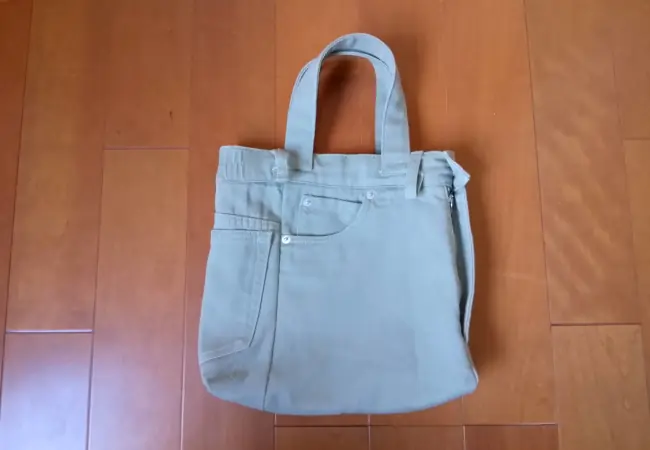
Originally, I planned to add an adjustable long shoulder strap. However, I gave up on it. I decided to finish it midway. This is because I realized I will not use this bag well, even if I add a shoulder strap.
This bag has a logical inconsistency in the structure.
I first expected that it would be functional to add a side pocket utilizing the front zipper of the pants.
However, it caused a structural contradiction. In sewing, adding a pocket requires a plain area or a closed hole. Otherwise, we cannot cleanly finish the edges. I didn’t know that principle.
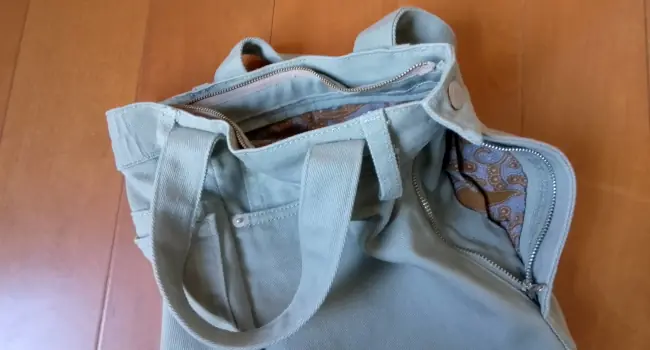
Although my parents seemed to anticipate that my blueprint would cause a problem, they could not put it into words. They only said, ‘If I were you, I would not sew like that.’ Since I thought that mistakes are also a part of learning, I decided to try it out.
It took over a week for me to realize that logical break. Although I disguised it so as not to stand out, part of the inner fabric is not properly finished.
Learning from creation
In addition, after finishing it, I realized that a side-insert pocket doesn’t work well in a handbag. It is difficult to put things in.
When we use a handbag, it is positioned below our hands. In this situation, we always put items from the top. It means that when we try to use a side-insert pocket, we have to lift or tilt the bag to put things in. That extra effort is painful.
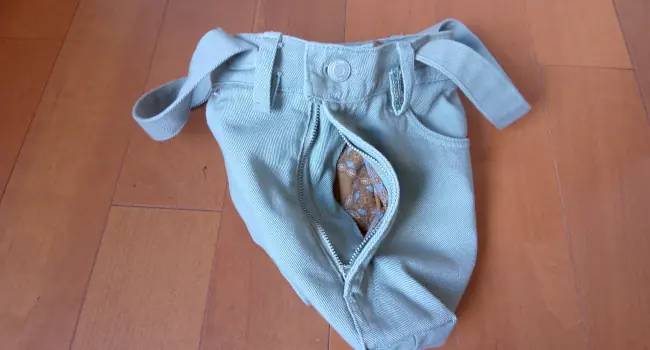
That is why handbags usually have no side-insert pocket. It doesn’t work well.
They would be things that can only be understood after experiencing failure. Such discoveries satisfy our curiosity.
Limiting the failure
Although there are several non-functional points, it works well as a handbag. As long as we fulfill the essence, failure will not ruin the whole project. That would be an efficient way to finish a product halfway.
Some parts went well. Adding a zipper is one of them.
I tried it for the first time, and it worked well. I am gradually getting familiar with various parts of sewing.
By the way, the zipper of a handbag often has a zipper end that pops out from the bag, like the following image (the extra part of the zipper from point 1 to 2):
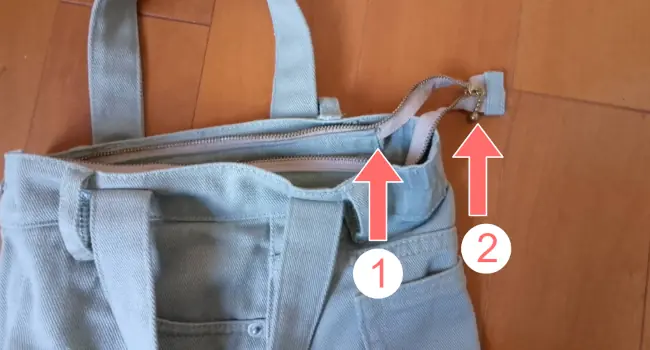
This is to maximize the opening of the bag. If we finish the zipper at point 1, it will prevent the bag from opening further. On the other hand, if we add an extra zipper end area, we can open the bag fully.
That is why some bags have extra zipper ends. I learned it for the first time. It has a reason.
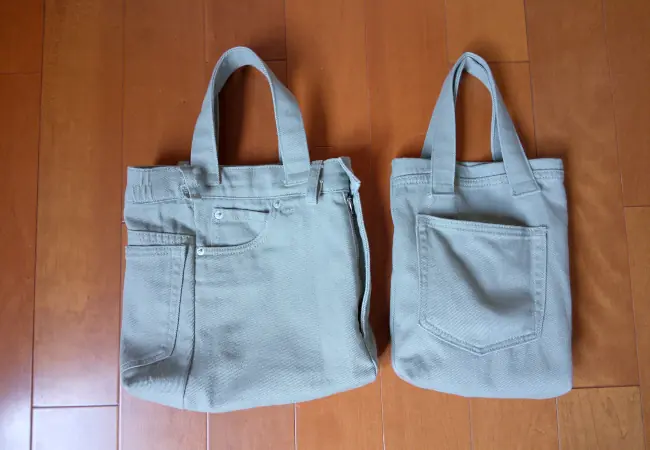
Making a bag requires imagination and logical sense. It may be a point to show our talent.
Conclusion
Anyway, I finally finished the sixth bag. Although I gave it up halfway, I finished a handbag that can be used sufficiently.
There are many learnings and discoveries. It stimulates my curiosity.
Let’s move on to the next stage of making bags.
Thank you for reading this article. I hope to see you in the next one.
